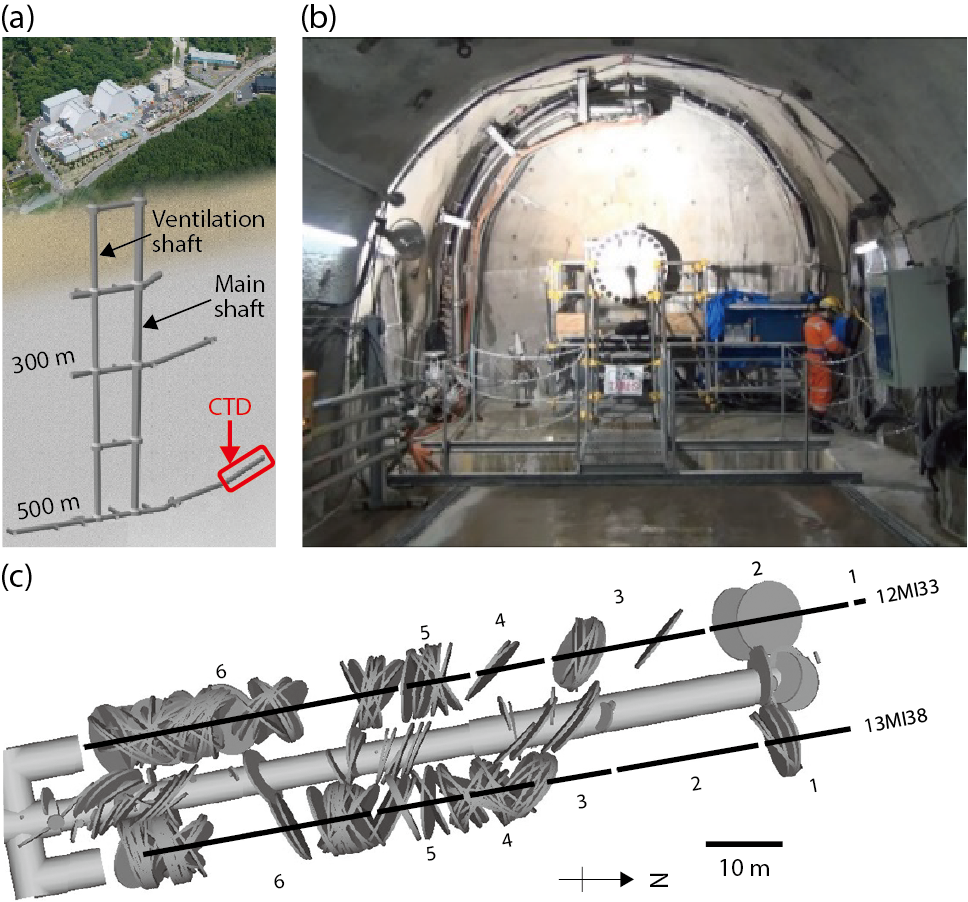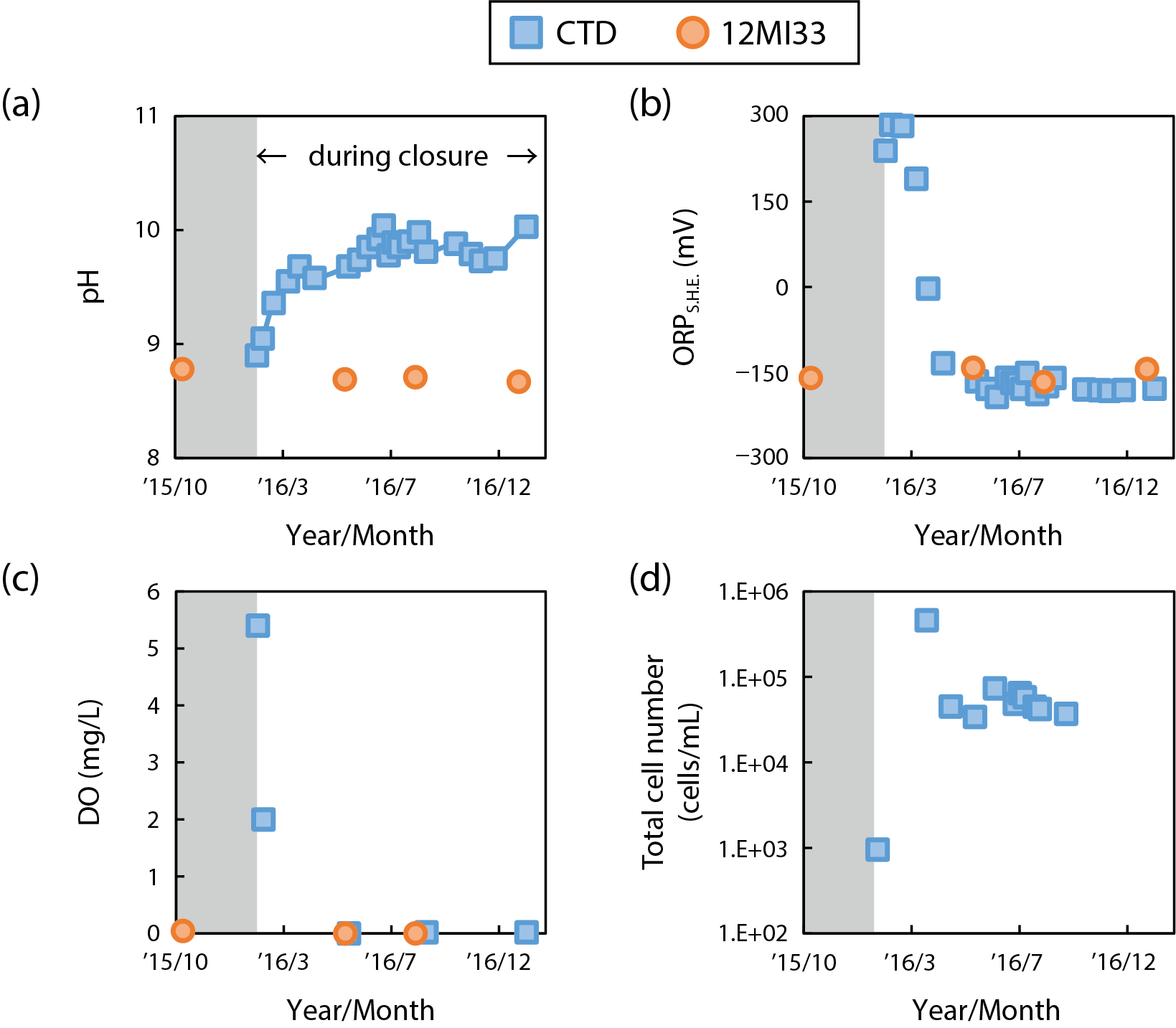
Fig.8-8 Schematic illustration of the Mizunami Underground Research Laboratory (MIU) and photograph of the water plug

Fig.8-9 Variation of groundwater chemistry in the CTD and the monitoring borehole (12MI33)
It is assumed that the groundwater properties in and around a drift (water pressure and underground chemistry) at a deep level change due to an artificial factor, such as its pumping, ventilation, and the use of cement during the construction and the maintenance period of a drift. Changes to groundwater chemistry after the closure of the drift have never been observed in-situ. It is important to clarify the types of process that influence the change of the groundwater environment in a closed drift. In January 2016, we constructed a water plug made of reinforced concrete to close the Closure Test Drift (CTD; Fig.8-8(a)) drilled in the Toki granite at a depth of 500 m (Fig.8-8(b)). We observed a change in the groundwater chemistry in and around the CTD. Prior to the construction of the CTD, we excavated a borehole at a distance of 5 m from the CTD (12MI33; Fig.8-8(c)) and observed the groundwater chemistry.
The groundwater pH in the CTD was not greater than 9 before closure, but it changed to a value of 10 approximately 6 months from closure. However, the pH of the groundwater in the 12MI33 continued to be lower than 9 (Fig.8-9(a), exemplifying the result of Section 2). The increase in the groundwater pH in the CTD appears to be caused by a reaction between the CTD groundwater and the minerals in the shotcrete (such as calcium hydroxide). On the other hand, calcite, which was precipitated from the reaction on the shotcrete interrupted the reaction between shotcrete and the groundwater. In this test, alkaline groundwater in the CTD leaked into the open part of the gallery (outside of the water plug). However, if the drift is backfilled with solid material, the alkaline groundwater would probably spread broadly into the surrounding rock.
The initial redox potential (ORP) of the groundwater in the CTD indicated an oxidized condition (around +300 mV) because the CTD was filled with seepage from the open gallery. However, the ORP plunged to the original baseline value (-150 mV; Fig.8-9(b)) in three months. The concentration of dissolved oxygen also decreased at the same time as the ORP (Fig.8-9(c)). In addition, the number of microorganisms in the groundwater consistently increased with these changes (Fig.8-9(d)). Based on the microbiological study, the increased number of microorganisms mainly contained aerobic microorganisms. From these result, it can be inferred that the microorganisms consumed oxygen in the groundwater and promoted the recovery to the original reductive state.
By testing on a real drift, we revealed that the change in the groundwater environment accompanying the excavation, operation, and closure of the drift was caused by the groundwater flow, oxygen invasion, a reaction between groundwater and minerals, and a microbial reaction.
This result represents an important insight for the safety assessment in an actual geological disposal. In the future, it is necessary to monitor the changes in the groundwater environment when closing larger drifts and to confirm the importance of various processes.